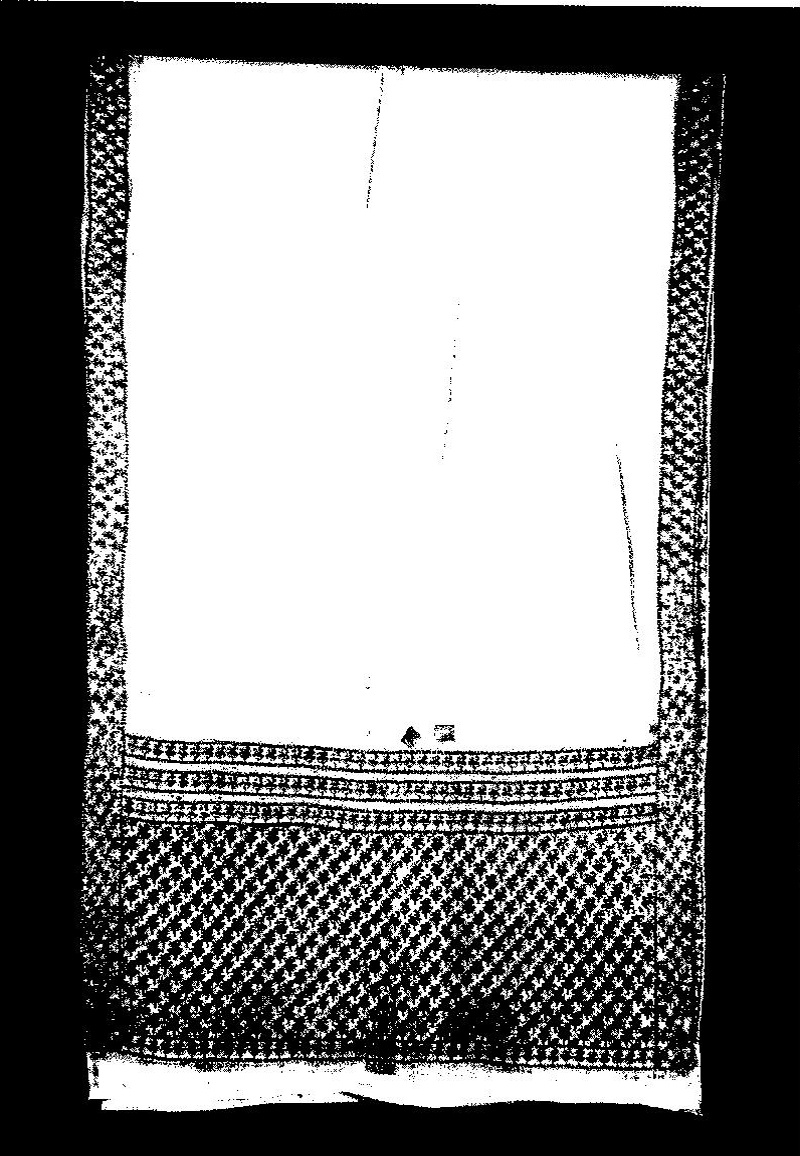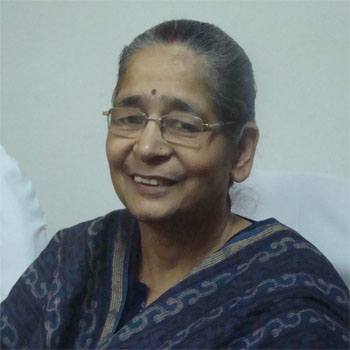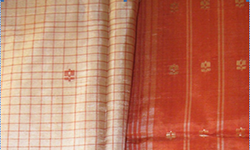
Art history/ Historiography, Museums/ Galleries / Collections / Exhibitions
Satin Stitch, Variations and Pahari Embroidered Coverlets
Pathak, Anamika
April, 2020
The eighteenth-nineteenth centuries witnessed the exquisite embroidery work on cotton or silk textiles, costumes and furnishings made for domestic and export markets. These beautiful needle works were created by using floss silk thread embroidered with variety of stitches and the prominent one was 'satin stitch', the focus is on this stitch here. The satin stitch embroidery, around this period, was practiced in Gujarat, Delhi, Agra and Deccan region, but the way it was carried out in the Western Himalayan region is un-parallel in beauty and grace. The 'Western Himalayan states' or 'Punjab Hill states' provides such a variety that we see the picturesque and folk style coverlets (popularly known as Chamba rumal) with religious subjects from Hill region and geometrical floral pattern decorated coverlets were more close to plains. The tradition of embroidering costumes, furnishing and miscellaneous things were also prevalent in the hill regions. Each of the broad categories have many sub-groups, on the basis of embroidery technique, design, pattern and the base fabric, while use of floss silk threads and satin stitch remain common. The intricately embroidered coverlet and hanging stands out among all varieties of Himalayan region needle work and had attracted art lovers, visitors to the region and textile historians. Many travelers, scholars had contributed about the aesthetic beauty of these coverlets, its various styles etc. Scholars had tried to identify the different production centers with the help of old museums specimens and had compared it with Pahari miniature paint...
This is a preview. To access all the essays on the Global InCH Journal a modest subscription cost is being levied to cover costs of hosting, editing, peer reviewing etc. To subscribe, Click Here.



